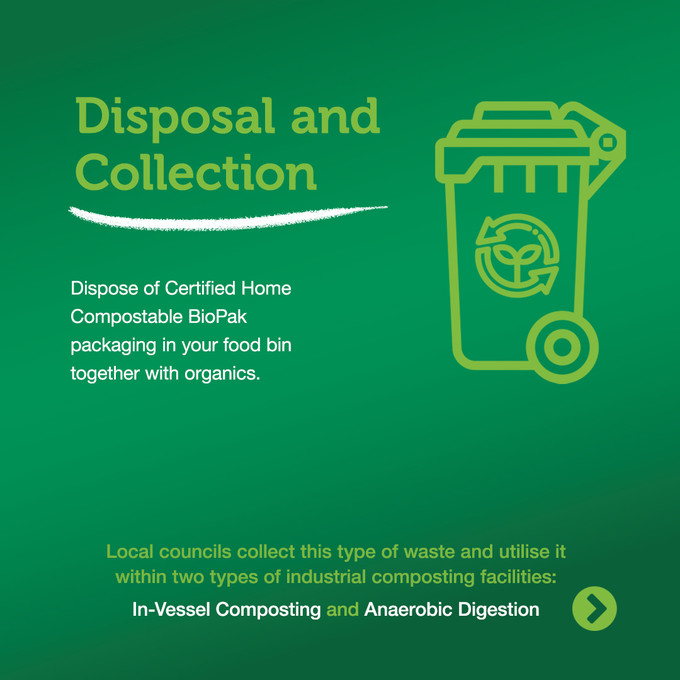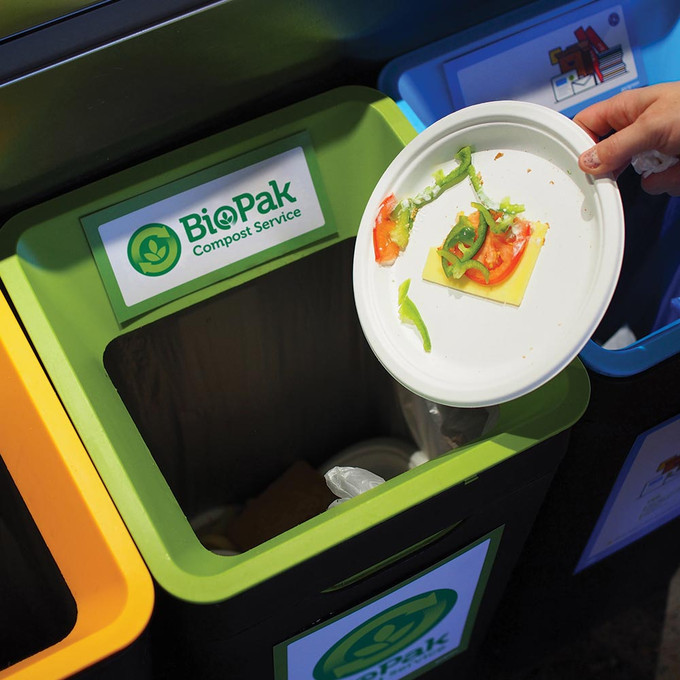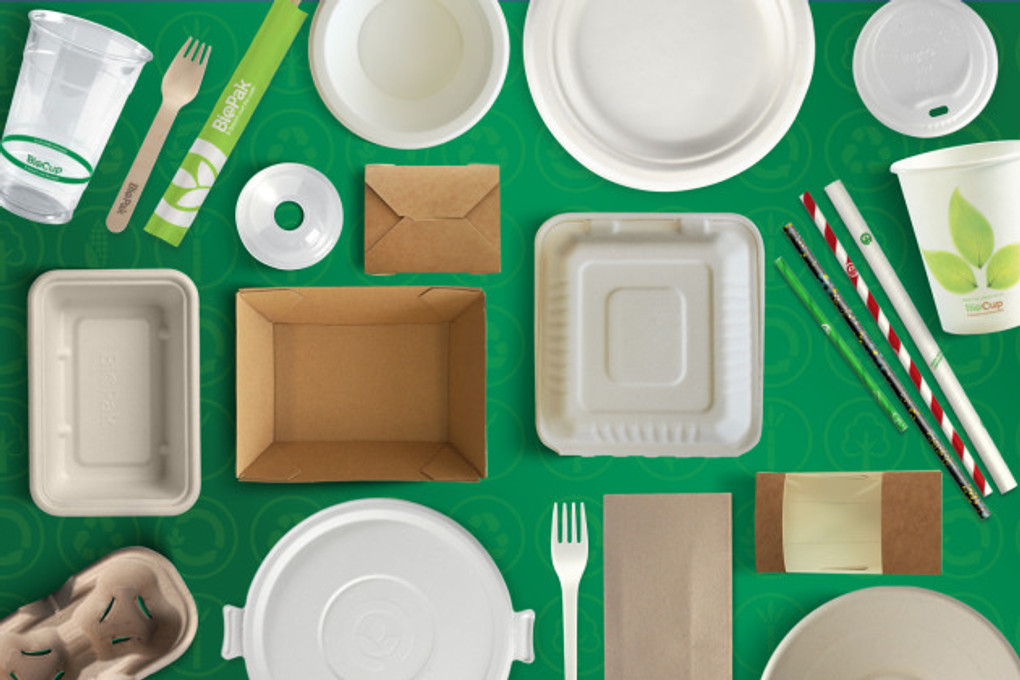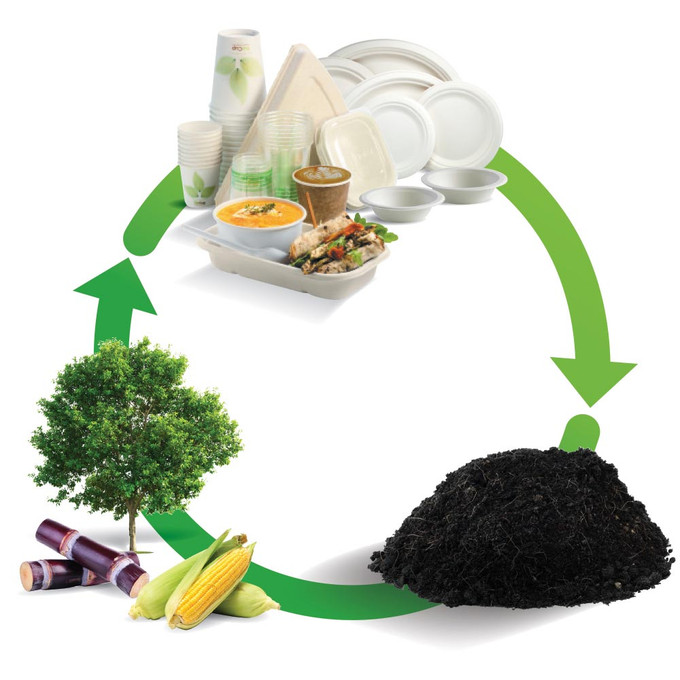3rd Jan 2020
What are BioPak Aiming to Do?Dealing with the end of life of a product can be challenging. Dealing with a product’s end of life is a challenge, as the waste industry—and the participants in the industry—have set methods of disposing of waste. This often means the majority of waste does not end up where it should. BioPak’s aim has been to develop a working solution for organic waste. This waste—created in offices, cafes, restaurants, by caterers i… Read more
What is Happening?Australia is in a recycling crisis, with China not accepting our recyclables while our own facilities are not adequate to deal with them. In 2018, China stopped accepting Australia’s co-mingled (i.e. plastics and paper and glass mixed) recycling. Our Plan B, to send our recyclables to Vietnam or Thailand, has failed, due to a lack of processing facilities in these countries. Waste management company SKM Recycling had to shut the… Read more
23rd Dec 2019
What is Sustainable Packaging?Sustainable packaging does no harm to the planet or to people. Sustainable packaging does no harm to the planet in any phase of its life cycle. It should:
Come from recyclable, renewable sources – e.g. post-consumer recycled materials, materials not containing hazardous chemicals or carcinogens, and materials that are biodegradable.Avoid waste – including streamlining packaging so that it requires less material, and… Read more
23rd Dec 2019
What is a Circular Economy?A circular economy is one where any waste generated is fed back into the system as new products. A circular economy is one where no net waste is produced – end-of-life materials are recycled back into new products.Why a Circular Economy?Most coffee cups used are not recycled, instead going to landfill. Australians use more than 1.2 billion paper hot cups every year, but most aren’t recycled and end up in landfill, along… Read more




